Autumn’s late glow was soaking the Großer Feldberg in a soft, golden haze as I pulled off the L3025. Just past the dense beech groves and the fading silence of hikers heading home, the parking lay beneath the imposing Feldberg Tower, an unlikely launchpad for a day of testing a city-centric SUV like the 2024 Renault Captur 160 Mild Hybrid. But if a mini SUV claims to offer the best of both worlds, it ought to hold its own both in the dense mesh of Frankfurt’s traffic and on the weather-worn ascents of the Taunus highlands.
The Captur has always been more urban adventurer than backwoods scrambler, but the recent 2024 facelift and Renault’s sharpened approach to drivetrains gave me a reason to bring it here, into tighter corners, over rougher tarmac, and into the kind of variable conditions you won’t find at a press event lot.
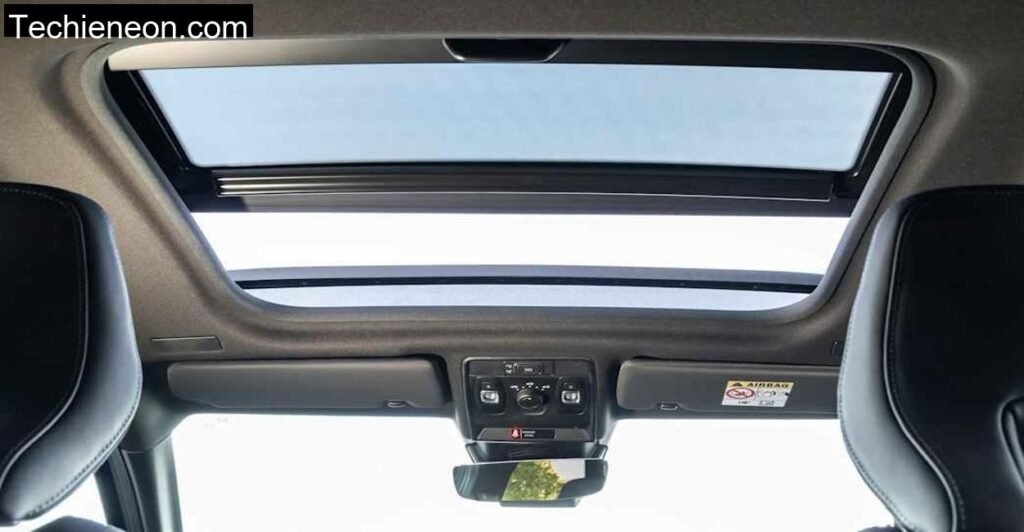
Small SUV with a Length of 4.24 Meters
The first impression the Captur makes is visual clarity, not in complexity, but confidence. At 4.24 meters long, it feels just right: no bloat, no brawn-for-show. The redesigned front, now mirroring the sharp-edged ethos of the newer Clio, gives it presence without the steroid-puff of faux ruggedness.
Its stance on the Feldberg’s stone-lined pullouts was purposeful. The Captur’s 1.575-meter height and just-under-1.8-meter width lend it a contained athleticism. The new rhombus grille and the absence of flashy chrome now point to mature elegance, this is Renault maturing out of adolescence.
From inside, that tidy footprint translates into tangible usability. The turning circle, while not featherlight, allowed me to confidently swing the Captur through tight laybys and mountain hairpins where larger crossovers would already be edging over painted lines.
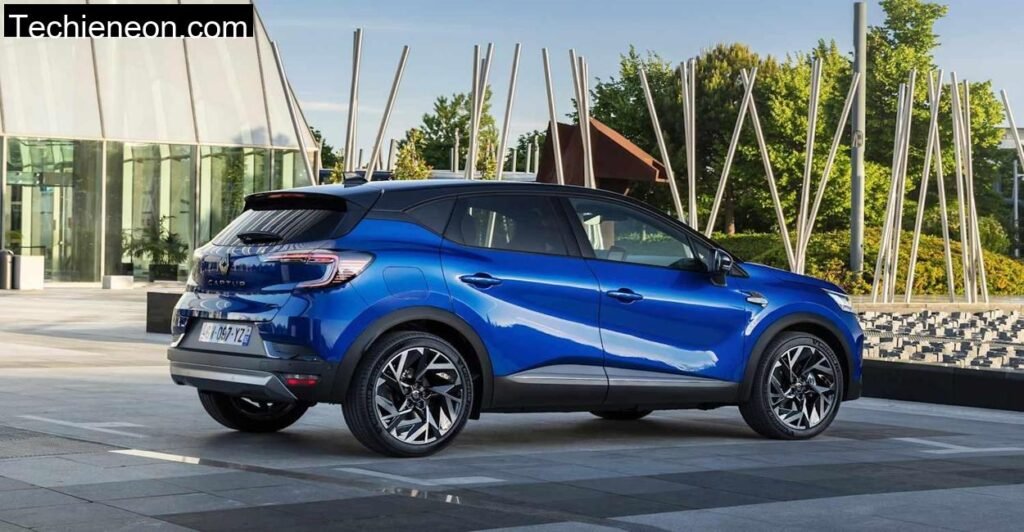
Practical: The Sliding Rear Seat
With a backpack stuffed with camera gear, drone batteries, and a few field notes from the ADAC’s own lab reports, the Captur’s trunk setup proved its cleverness. The rear bench slides a full 16 centimeters, not just a gimmick, but a moment-saver when you’re adjusting for gear versus passenger needs.
On the Feldberg’s south side, I folded the rear seats down to fit a folded bike and tripod. With the adjustable loading floor lowered, the jump in vertical space was a surprise. Renault says 422 liters standard, 1363 with seats down, and you feel every centimeter of that flexibility.
Stowing a 1.5-liter water crate didn’t feel like a chore thanks to the dual-level boot floor,no deep lip, no awkward angles. In real-world use, that’s what elevates the Captur from practical to thoughtful.
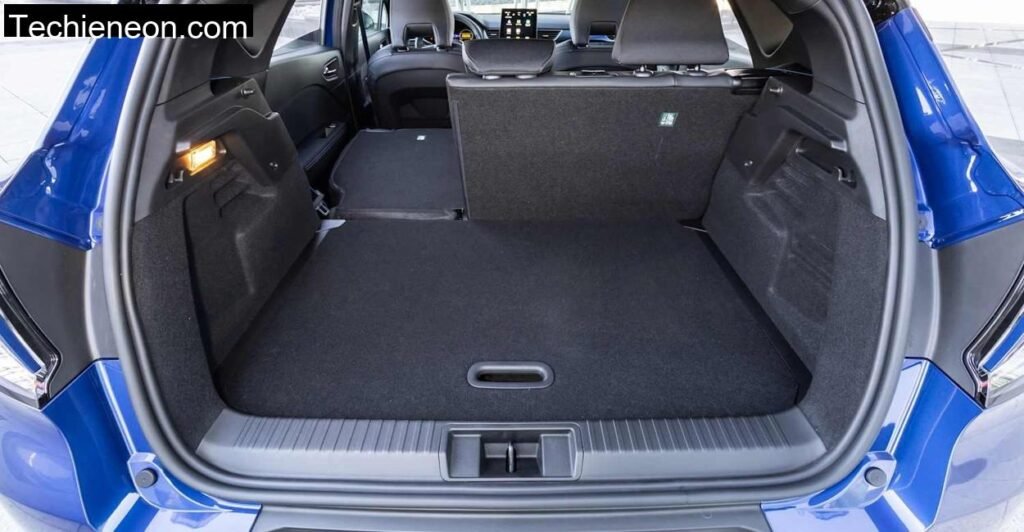
Homely Ambience Included
Sliding into the cabin after a mist-drenched hilltop shoot, the Captur’s interior felt like walking into a favorite café. There’s a tactile calm here: foamed dashboard sections, aluminum accents, and a floating console (in dual-clutch models) that leaves usable space beneath.
But it’s the tech layout that defines its character. The 10.4-inch vertical touchscreen is bold, vivid, and impressively responsive. Google Maps integration through the “openR Link” system made trail tracking seamless, even with spotty reception in the forest.
That said, there are quirks. No volume knob, no rotary scroller for the map. I found myself reaching awkwardly mid-corner to adjust audio, wishing Renault had trusted more in physical feedback. The rearview camera, however, was clear and accurate, critical on narrow forest exit tracks with cyclists weaving through.
The digital cluster behind the wheel proved invaluable on this trip. With real-time data and multiple layout options, I toggled from driving dynamics to energy flow, even as the climb and descent pushed the hybrid system to flex its muscles.
New Classification of the Captur Engines
The Captur’s drivetrain lineup got a reshuffle in 2024. Gone are diesels and plug-ins; what remains are a 91 hp base petrol, a 140 hp mid-range unit, the 158 hp mild hybrid tested here, and a new full hybrid at 143 hp. There’s also an LPG version for economy-minded buyers.
This streamlining works in the Captur’s favor. There’s no bloat in choices, just clear steps of power and purpose. For most buyers, the 158 hp mild hybrid strikes a goldilocks balance,and in the hills, it offered something rare in the compact class: genuine confidence when overtaking on an incline.
Mild Hybrid with 158 hp
It clocked the Captur at 8.5 seconds from 0–100 km/h, which felt honest in the real world. During my runs between Feldbergpasshöhe and Sandplacken, the Captur pulled strongly from 60 to 100 km/h in under five seconds. On twisty ascents, it never begged for downshifts.
Fuel economy, though, was less impressive. I managed just under 7 liters per 100 km despite cautious throttle use, aligning with ADAC’s own 6.8-liter figure. You need to consciously coast, using the mild hybrid system’s coasting function, to see meaningful savings.
Still, the 1.3L four-cylinder turbo felt smooth and refined, even when pushed. Minor vibrations filtered into the cabin under hard load, but never intrusively so. The dual-clutch transmission leaned toward comfort, shifting with calm rather than snap. Perfectly suited for a car that will spend much of its life navigating urban gradients, not racetracks.
Suspension? Mixed. On Feldberg’s smoother northern approach, the chassis floated comfortably. But on the cracked, patched surfaces of the southern routes, I noticed the soft setup induced body sway, not dangerous, but worth noting for anyone who values tight body control.
Technical Specifications
For correct and reliable info, we pull technical details directly from Renault’s website.
| Specification | Renault Captur Mild Hybrid 160 |
| Engine Type | Petrol (Mild Hybrid) |
| Displacement | 1,332 cc |
| Power | 158 hp (116 kW) |
| Torque | 270 Nm |
| Transmission | 7-speed Dual-Clutch |
| 0–100 km/h | 8.5 seconds |
| Top Speed | 180 km/h |
| WLTP Combined Fuel Consumption | 6.0 l/100 km |
| CO₂ Emissions (WLTP) | 135 g/km |
| Trunk Volume | 422 – 1363 liters |
| Length x Width x Height | 4239 x 1797 x 1575 mm |
| Drive Type | Front-Wheel Drive |
| Towing Capacity (Braked/Unbraked) | 1200 kg / 685 kg |
| Base Price (Esprit Alpine EDC) | €32,900 |
Conclusion
The Renault Captur 160 Mild Hybrid doesn’t pretend to be something it’s not. It’s a cleverly packaged, confidently performing urban SUV with real-world livability and enough torque to handle rural climbs. At the Großer Feldberg, where conditions change with altitude and every corner demands trust, the Captur didn’t just show up, it held its own.
Yes, the infotainment could be more intuitive. Yes, fuel economy depends heavily on how gently you drive. But in exchange, you get an agile chassis, refined drivetrain, and interior flexibility that punches far above its segment.
The Captur is no longer the tentative, quirky kid in the crossover classroom. It’s grown up. And if the Feldberg was its exam, it passed with a solid, confident grade.
Is the Renault Captur 160 Mild Hybrid good for long drives?
Yes, thanks to its comfortable ride, supportive seats, and refined drivetrain. Just keep in mind that fuel consumption is moderate rather than low, especially at highway speeds.
Can I fit child seats comfortably in the Captur?
Absolutely. The rear doors open wide, and there’s enough legroom even if tall adults are up front. ISOFIX mounts are easy to access.
Does the Captur handle rough roads well?
To a point. While it manages gravel and country roads without stress, the suspension’s soft tune means it leans a bit in fast bends and can thump over sharper potholes.
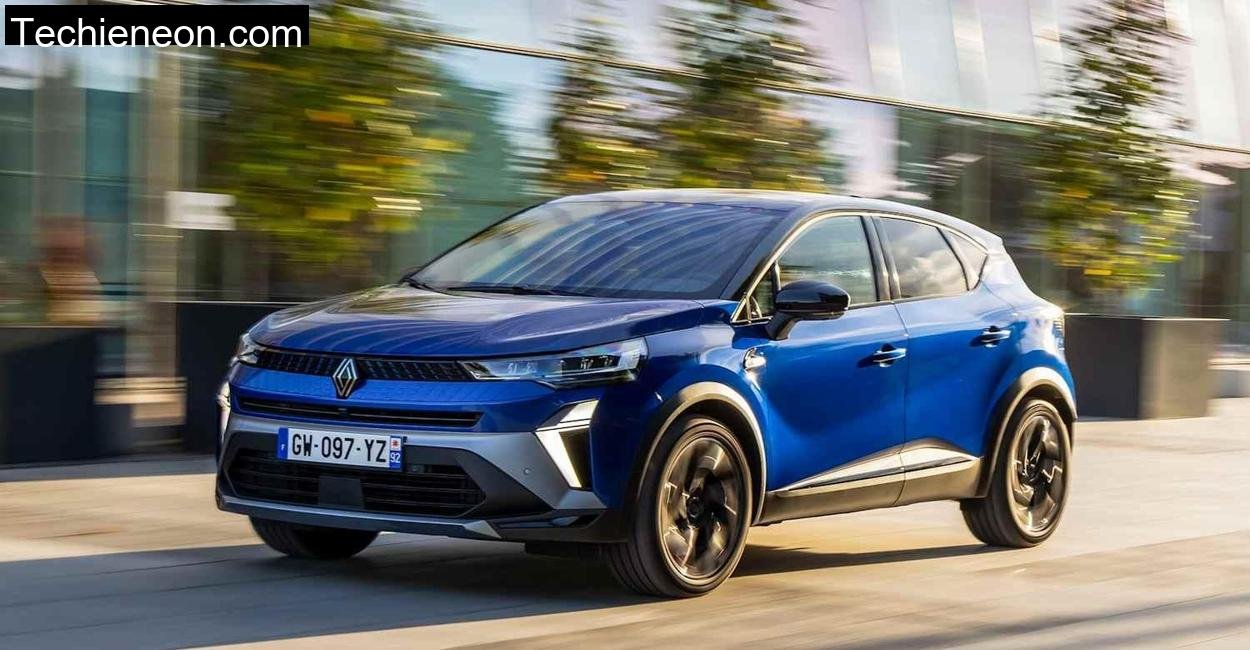
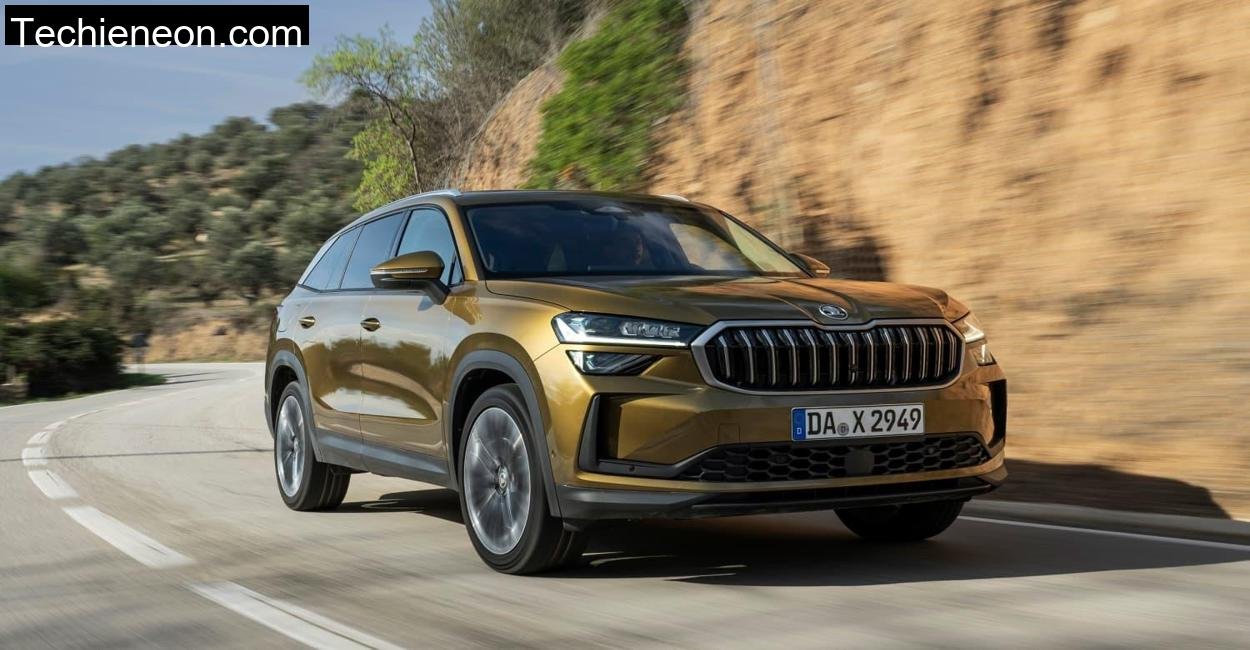

Leave a Comment